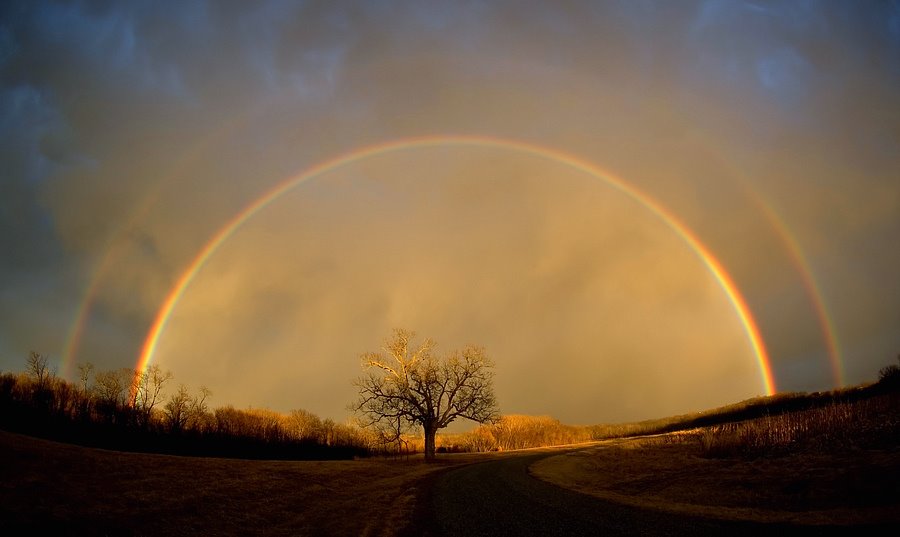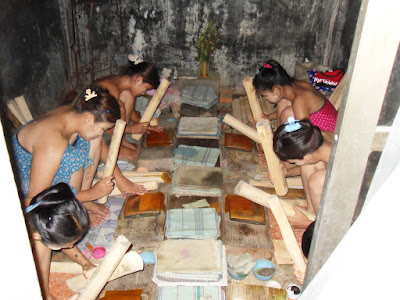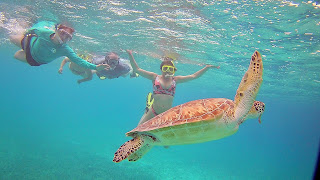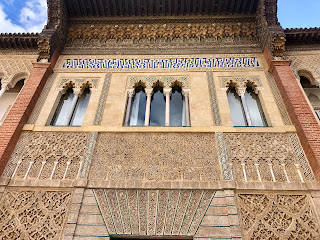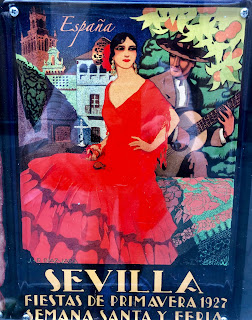Borneo Bats, Mulu Rain Forest Jungle and Caving/Spelunking
Rob on morning jungle canopy walk.
Garden of Eden waterfall
Gunung Mulu National Park in Sarawak is home to 3 million bats!
Coming out of Deer Cave to the Garden of Eden Valley and then climbing to the waterfall.
A trip down the river in a longboat to start our day.
Rob outside Borneo Backpackers our home away from home in Kota Kinabalu
The People
The gentle and kind nature of the reserved Malay people comes across as we traveled the Western side of Borneo in Sarawak at Gunung Mulu National Park and along the west coast beaches of Sabah. The Muslim call to prayer in their Masjids awakes one from slumber at 5am to turn over while the faithful men make their way to the mosque and face Mecca 5 times daily intoning prayers to Allah.
It seems too foreign to Westerners that this separation of male and female and the clear social division between the sexes required by the Muslim religion. Women do not talk with men outside the family. I approached an older Muslim man wearing a prayer cap in the coastal town of Kota Belud, sitting under a tree in the square to ask for directions. He studiously ignored me, acting as though he did not hear my "Excuse me, sir."
The older women seem to appraise us with expressionless faces, hiding their judgment and distancing themselves from us Western females. While the younger women are quicker to show a smile and acceptance or curiosity, it takes a lot longer for the older ones to warm to our Western presence. One gets the feeling that they think It is best to ignore us or at least keep their distance and opinions of our Western clothing and its' flaunting of skin to themselves. I watch the men very surreptitiously check out Jenny's long legs and her blonde hair unfettered by a hajib. They look at her like they do not look at their own women. There is a subtle judgment, male appraisal, and often a hooded dismissal that suggests they are ambivalent as to how they should respond. Yet they seem to still check her out because she is Western, young blonde, tall, and good-looking. They are much more circumspect with Kellyn because she is clearly with Erik. Unlike India, there is not leering from men but a certain distanced quiet appraisal.
I am told by a friendly massage therapist in Kota Kinabalu that Christians outnumber the Muslims in Sabah, a surprising fact until one gets out into the countryside. It seems that every few miles there is yet another small church, St. Peter, St. Paul, etc. that unites a community. Clearly, Magellan was followed by the Spanish missionaries, first.
Back to my masseuse, she shared with me that she has lived with her boyfriend for 7 years, an offshore oil and gas worker and that many young women come to the city KK to live lives that are not necessarily approved of by their more traditional families. She also shared that Muslims do not come for massage, just Christians, Buddhists, and tourists in KK.
Consequently, much of the native habitat of the indigenous peoples and animals is gone. The orangutans and proboscis monkeys which Borneo jungles were so famous for are now largely only found in minimal reserve areas that are thin ribbons of nature surrounded by miles of Palm oil plantations. There are only a few opportunities to see orangutans outside of the rehabilitation centers. Because it is the fruiting season, they do not need to venture close to the waterways where boats might easily bring tourists to put them on display. This is the only way we were able to see about a dozen proboscis monkeys on a tour we joined with 2 busloads of Chinese tourists who had all come to see the nosy monkeys and the evening fireflies along the river bank. We ended up opting not to see the orangutans at all because it would have to take a flight across the country and another boat trip to maybe see them in the wild around Sandakan, the area now famous for the Nov 2015 beheading of a Malaysian engineer taken hostage by nearby Philippino jihadists. We have seen orangutans in the San Diego zoo so we left it at that.
The missionaries have been here to claim land and souls. They made significant headway converting these locals to Christianity, a religious overlay that worked here in the jungle much as it did in the Southwest of the US among the Indian populations along the Rio Grande. Everywhere you go you see the confluence of Christianity intertwined with their native religion. "Accept what you must and integrate it into what you know" seems to be the mantra they have employed as relates to faith.
Development in the Countryside and in the Rainforest
Seaside and riverine habitat meets rainforest and jungle where once indigenous peoples lived off the land and nomadic tribes moved following food sources. Now Sabah's jungles are highly developed and the food source for larger mammals, coconut palms, bananas, and the most diverse habitat for jungle species in the world has been replaced by the homogeneity of palm oil plantations. We flew over unending miles of rows and rows of palm trees which have supplanted much of the inland rainforest. Much of the jungle has been subdued in Sabah's inland territory. Development and economic success here means subduing the rain forest, cutting it down, and replacing it with the mono species that spells Malaysian ringgits for the shrewd 'landowners' who have done the deals with development enterprises on once tribal and/or unclaimed jungle.
Sands wept secluded Borneo beaches without the hordes of sun-seekers. Quiet little beach getaways with backpacker vibes around the tip of Borneo, Kudat, and off the shore of Kota Belud, the western side of Sabah.
Kellyn and Jenny at Borneo Backpackers in Koa Kinabalu
Beach bumming in the hammock at Manana beach.
A Manana beach sunset.
Erik and Kellyn enjoying the Marriot pool.
Our KK Borneo Backpackers hostel.
A jungle stick insect.
An unparalleled family vacation in a remote and exotic location with beaches, rainforests, and culture.
